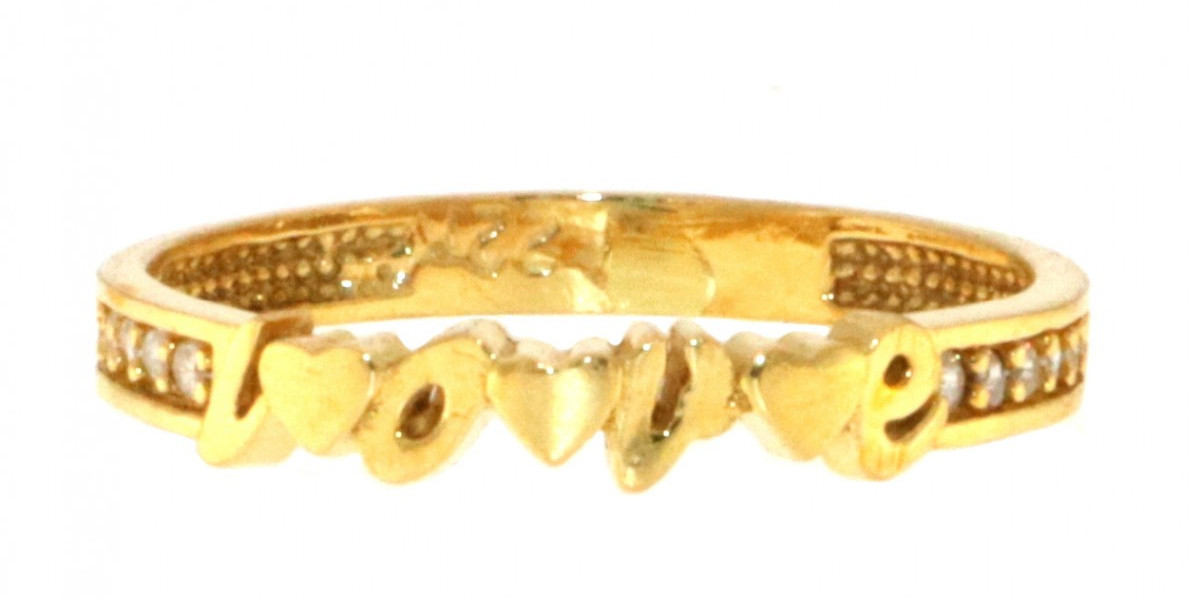Indian gold jewellery is not just an accessory; it’s a cultural emblem, a symbol of heritage, and an expression of artistry that dates back thousands of years. Whether worn for religious ceremonies, weddings, or daily adornment, gold jewellery holds an esteemed place in Indian society. This article delves into the significance, history, styles, and artistry of indian gold jewellery , exploring why it continues to captivate hearts and remain a cherished asset.
1. A Rich Heritage: The History of Indian Gold Jewellery
The history of gold jewellery in India can be traced back over 5,000 years, with evidence of gold ornaments found in the ancient civilization of the Indus Valley. Gold has always been synonymous with prosperity and purity in Indian culture, and it holds an important place in mythology, religious texts, and historic accounts. In the Vedic era, gold was revered as a divine metal, symbolizing purity and strength. Over centuries, India developed unique jewellery-making techniques and intricate designs that highlight its artisans’ unmatched skill.
The Mughal period marked a golden age for Indian gold jewellery, introducing techniques such as kundan and meenakari, which are still popular today. The royal families of India adorned themselves in elaborate gold jewellery set with gemstones, showcasing wealth and power. Today, while styles have evolved, the timeless appeal of Indian gold jewellery remains.
2. Types of Indian Gold Jewellery
India is a land of diverse cultures, each with its own distinctive jewellery styles. Here’s a look at some popular types of Indian gold jewellery that reflect the country's varied traditions:
Kundan Jewellery: Originating from Rajasthan, kundan jewellery involves setting precious stones in a pure gold base. The meticulous process involves layering gold foils around gemstones, creating a rich, detailed appearance. Kundan jewellery is known for its intricate designs and is a favorite for bridal wear.
Temple Jewellery: Inspired by the sculptures found in South Indian temples, this style is often adorned with depictions of gods, goddesses, and mythical creatures. Crafted mainly in 22-carat gold, temple jewellery is considered auspicious and is often worn during traditional ceremonies and festivals.
Meenakari Jewellery: This style of jewellery involves the art of enameling gold with vibrant colors. It originated in the Mughal era and is particularly popular in Rajasthan. The vivid colors used in meenakari jewellery make it visually striking and highly valued among collectors.
Polki Jewellery: Unlike kundan, which uses cut stones, polki jewellery uses uncut diamonds in their raw, natural form. Polki is often set in gold and is a common choice for bridal jewellery due to its rustic charm and timeless beauty.
Jadau Jewellery: Known for its elaborate detailing, jadau is a traditional craft originating from Gujarat and Rajasthan. In this style, uncut diamonds and precious stones are embedded into gold without any adhesives, relying solely on the precision of the gold framework.
3. Symbolism and Cultural Importance
Indian gold jewellery is more than a fashion accessory; it carries deep cultural significance. Gold is considered a symbol of wealth, security, and divine blessing in India. During weddings, brides traditionally wear ornate gold pieces gifted by their families as symbols of love and prosperity. In many Indian households, gold jewellery is passed down through generations, creating a strong family bond and serving as a reminder of heritage.
Additionally, certain pieces of gold jewellery have religious or symbolic meanings. For instance, the mangalsutra (a necklace that symbolizes marriage) holds immense value in Hindu marriages. Gold bangles, necklaces, earrings, and nose rings also hold cultural importance, often signifying milestones in a person’s life.
4. Artistry and Craftsmanship
One of the defining aspects of Indian gold jewellery is the exquisite craftsmanship that goes into each piece. Skilled artisans employ age-old techniques like engraving, filigree, and stone-setting to create works of art. Regions across India are known for specific techniques: Tamil Nadu for temple jewellery, Gujarat for patlas (wide gold bangles), and Jaipur for kundan and meenakari. The attention to detail and expertise required for each piece make Indian gold jewellery truly unique.
5. Contemporary Trends in Indian Gold Jewellery
While traditional designs remain popular, modern tastes have led to new trends in Indian gold jewellery. Contemporary designers are blending traditional motifs with modern aesthetics, resulting in lighter, versatile pieces suitable for both casual and formal wear. Minimalist designs are gaining popularity among younger generations, with pieces like gold chokers, delicate rings, and layered necklaces making their way into daily fashion.
Moreover, the global rise in demand for sustainable and ethical jewellery has encouraged a shift towards responsibly sourced gold and artisanal craftsmanship in Indian gold jewellery. Many jewellers are now incorporating eco-friendly practices, making these precious items not only beautiful but also socially responsible.
6. Investing in Indian Gold Jewellery
In addition to its cultural value, Indian gold jewellery is often seen as a form of financial security. Unlike other assets, gold maintains its value over time, making it a reliable investment. Many families purchase gold jewellery not only for adornment but also as a safeguard against inflation and economic instability. 22ct gold During times of financial need, gold jewellery can easily be sold or used as collateral for loans, making it a valuable asset.
Conclusion
Indian gold jewellery is a true testament to the country’s rich heritage, artistic legacy, and enduring cultural values. From the intricate kundan and meenakari designs to the symbolic temple jewellery, each piece tells a story of craftsmanship, devotion, and tradition. In modern times, Indian gold jewellery continues to evolve while retaining its timeless appeal. Whether as an investment, a family heirloom, or a fashion statement, Indian gold jewellery holds a special place in the hearts of millions, making it a timeless treasure.
Visit Us : https://www.a1jewellers.com/








